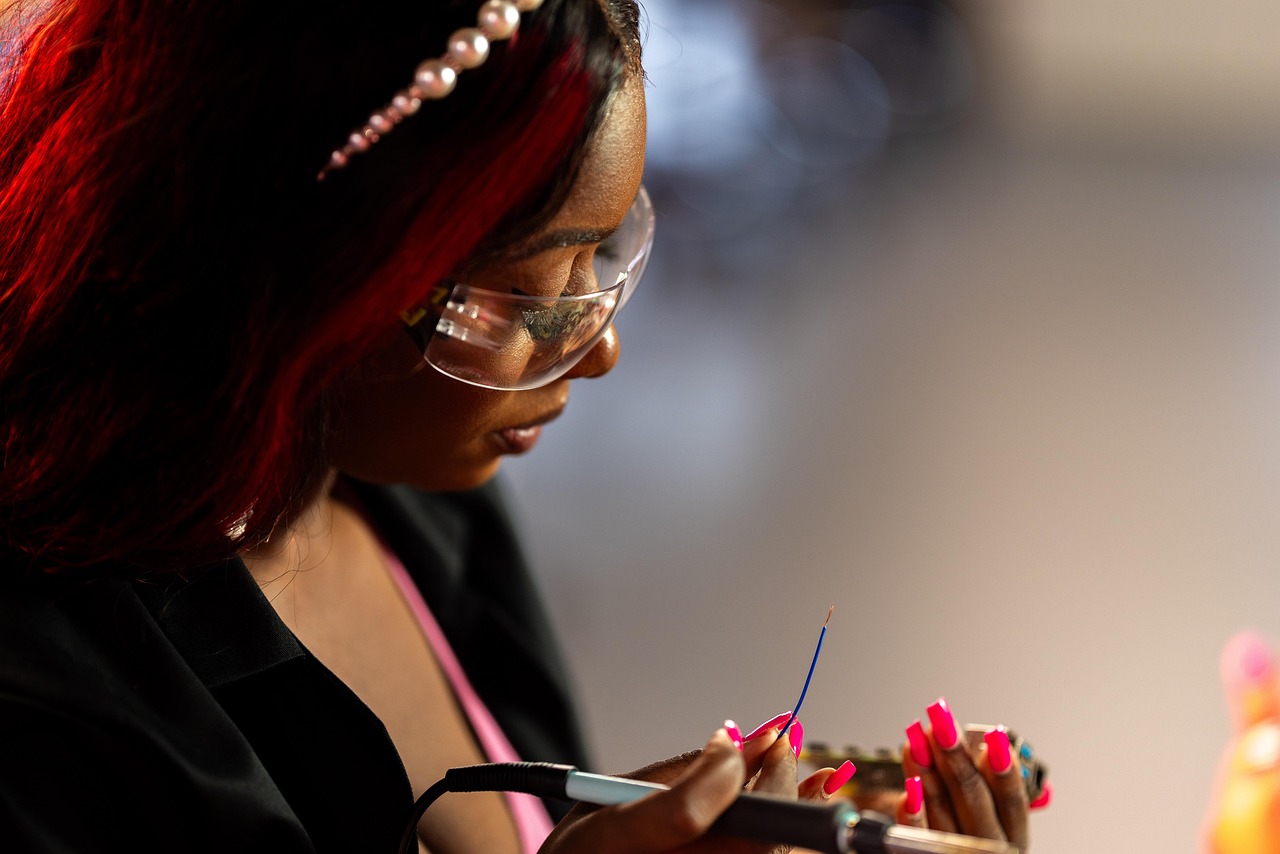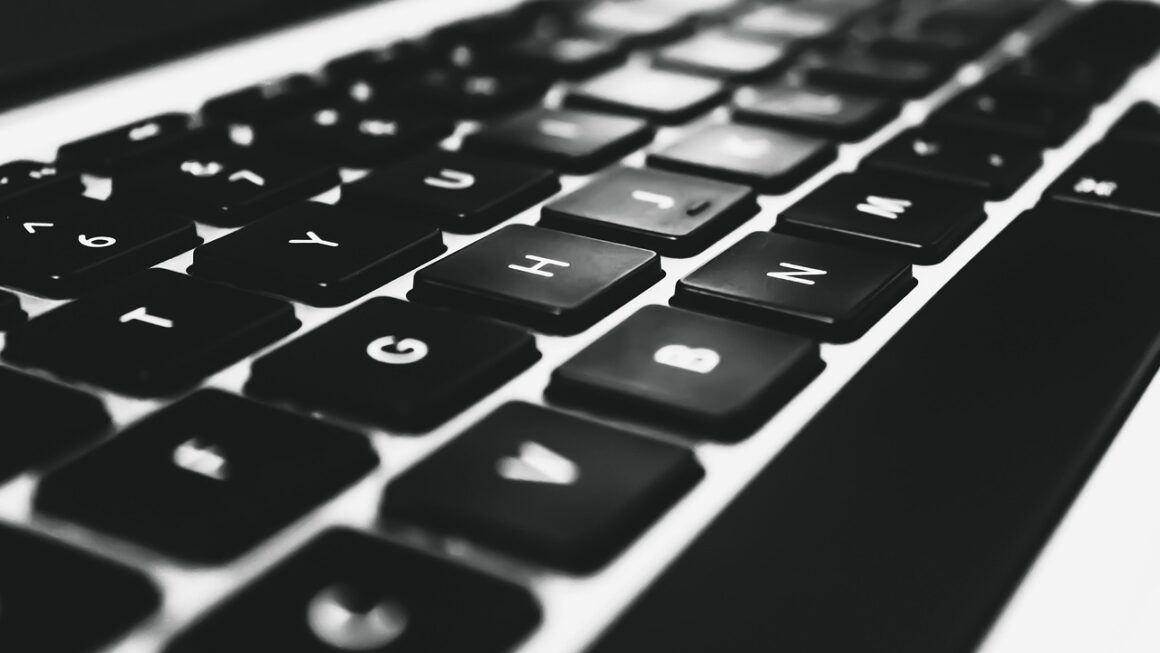The world of digital content creation is undergoing a massive transformation, largely fueled by advancements in Artificial Intelligence (AI). At the forefront of this revolution are AI image tools, which are rapidly changing how we generate, edit, and interact with visual content. Whether you’re a marketer, designer, or simply someone who enjoys creating images, understanding these tools is becoming increasingly crucial. This blog post will delve into the capabilities, applications, and future of AI image tools, providing you with a comprehensive overview of this exciting technology.
What are AI Image Tools?
Definition and Functionality
AI image tools leverage sophisticated algorithms, particularly deep learning models, to perform a wide array of image-related tasks. These tools can:
- Generate images from text prompts (text-to-image)
- Enhance image resolution and quality (image upscaling)
- Remove backgrounds or unwanted objects
- Transform images into different styles (artistic filters)
- Create variations of existing images
- Restore old or damaged photos
How AI Image Generation Works
The core technology behind most AI image generators is diffusion models. These models are trained on massive datasets of images and associated text. The process generally involves:
Benefits of Using AI Image Tools
- Increased Efficiency: Automate tedious tasks, freeing up time for more creative work.
- Cost Savings: Reduce reliance on expensive stock photos or professional designers.
- Enhanced Creativity: Explore new ideas and artistic styles quickly and easily.
- Accessibility: Empower individuals without advanced design skills to create compelling visuals.
- Scalability: Generate a high volume of images quickly to meet demanding content needs.
Popular AI Image Generators
DALL-E 2 (OpenAI)
DALL-E 2 is known for its ability to generate incredibly realistic and detailed images from text prompts. It excels at creating surreal and imaginative scenes.
- Key Features: Text-to-image generation, image editing (inpainting/outpainting), variations of existing images.
- Use Cases: Marketing materials, concept art, creating unique illustrations.
- Example: Input: “A corgi riding a bicycle through a field of sunflowers, photorealistic.” Result: DALL-E 2 will generate several images matching this description, often with surprising accuracy and detail.
Midjourney
Midjourney is another powerful AI image generator that is particularly favored by artists and designers for its artistic style and aesthetic qualities. It produces images with a distinctive painterly feel.
- Key Features: Text-to-image generation, emphasis on artistic styles, community interaction (via Discord).
- Use Cases: Digital art, creating book covers, generating abstract artwork.
- Example: Input: “/imagine a cyberpunk cityscape at night, neon lights, rain, hyperrealistic.” Result: Midjourney will generate images with a dramatic, stylized look, often incorporating elements of fantasy and science fiction.
Stable Diffusion
Stable Diffusion is an open-source AI image generator, offering greater flexibility and customization options compared to closed-source alternatives. It is known for its speed and efficiency.
- Key Features: Text-to-image generation, open-source and customizable, fast generation times.
- Use Cases: Research, creative projects, integrating AI image generation into custom applications.
- Example: Input: “A watercolor painting of a cat wearing a top hat and monocle.” Result: Stable Diffusion allows you to fine-tune the generation process, potentially incorporating specific artists’ styles or training the model on custom datasets.
Other Notable AI Image Generators
- Craiyon (formerly DALL-E mini): A free and accessible option for quick and fun image generation, although with lower image quality.
- NightCafe Creator: Offers a variety of AI art generation methods, including Neural Style Transfer and Text-to-Image.
- Jasper Art: Integrated with the Jasper AI writing assistant for seamless content creation.
Applications of AI Image Tools
Marketing and Advertising
AI image tools are transforming marketing by enabling the creation of visually appealing content quickly and affordably.
- Generating Ad Creatives: Quickly produce variations of ad images for A/B testing.
- Creating Social Media Content: Easily generate engaging visuals for social media campaigns.
- Visualizing Product Concepts: Create realistic mockups of products before they are even manufactured.
Design and Art
AI is becoming an indispensable tool for designers and artists, augmenting their creative process.
- Concept Art and Storyboarding: Rapidly visualize ideas and explore different concepts.
- Creating Unique Artwork: Generate original pieces of art in various styles.
- Image Enhancement and Restoration: Improve the quality of old or damaged photos.
E-commerce
E-commerce businesses can leverage AI image tools to enhance product listings and improve the customer experience.
- Generating Product Images: Create high-quality product images from different angles and perspectives.
- Background Removal and Editing: Easily remove backgrounds from product photos and replace them with more appealing ones.
- Creating Lifestyle Images: Generate images showing products in use in realistic settings.
Education and Research
AI image tools can also be valuable resources for education and research.
- Visualizing Complex Concepts: Create illustrations and diagrams to explain complex ideas.
- Generating Training Data: Create synthetic datasets for training other AI models.
- Art History and Analysis: Assist in analyzing and understanding artistic styles and techniques.
Ethical Considerations and Challenges
Bias and Representation
AI models are trained on existing datasets, which may reflect existing societal biases. This can lead to AI image generators producing images that perpetuate stereotypes or exclude certain groups.
- Addressing Bias: It’s crucial to curate training datasets carefully and use techniques to mitigate bias in AI models.
- Promoting Diversity: Actively work to ensure that AI image generators represent a diverse range of people and perspectives.
Copyright and Ownership
The legal implications of using AI-generated images are still evolving. It is unclear who owns the copyright to images generated by AI: the user, the AI developer, or neither?
- Terms of Service: Always carefully review the terms of service of any AI image tool before using it for commercial purposes.
- Legal Developments: Stay informed about legal developments related to AI-generated content and intellectual property.
Misinformation and Deepfakes
AI image tools can be used to create realistic but fake images, also known as deepfakes, which can be used to spread misinformation or damage reputations.
- Detection and Mitigation: Develop tools and techniques to detect and mitigate the spread of deepfakes.
- Education and Awareness: Educate the public about the potential dangers of deepfakes and how to identify them.
Conclusion
AI image tools are revolutionizing the way we create and interact with visual content. From generating stunning artwork to streamlining marketing campaigns, the potential applications are vast and rapidly expanding. While ethical considerations and challenges remain, the benefits of these tools are undeniable. As AI technology continues to advance, we can expect even more innovative and transformative applications to emerge, shaping the future of design, marketing, and beyond. Embracing these tools and understanding their capabilities will be essential for anyone looking to stay ahead in the ever-evolving digital landscape.




